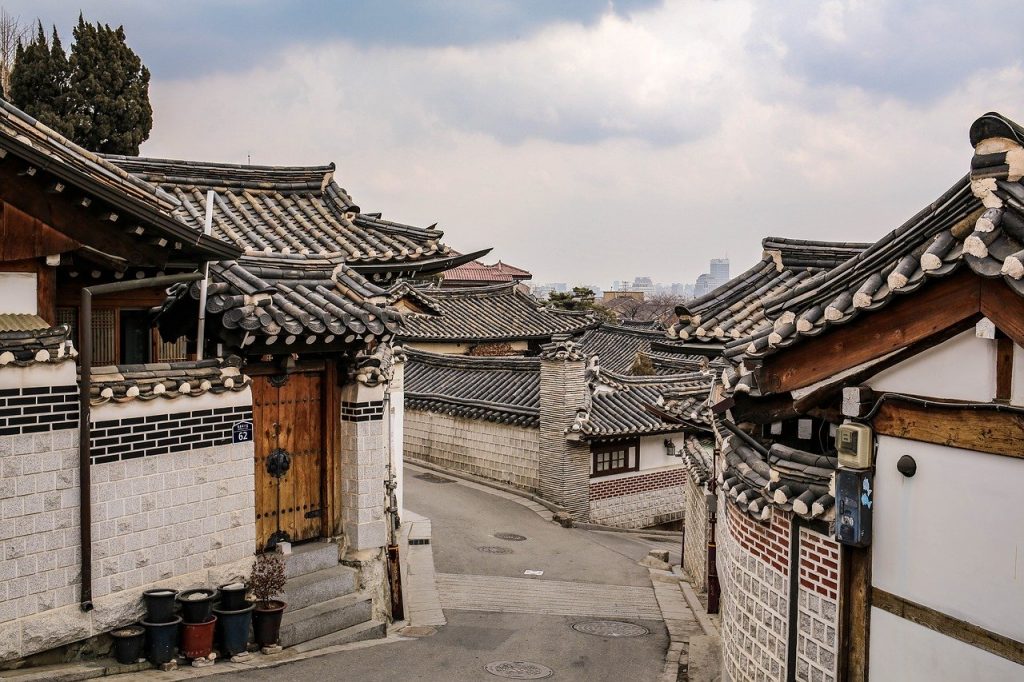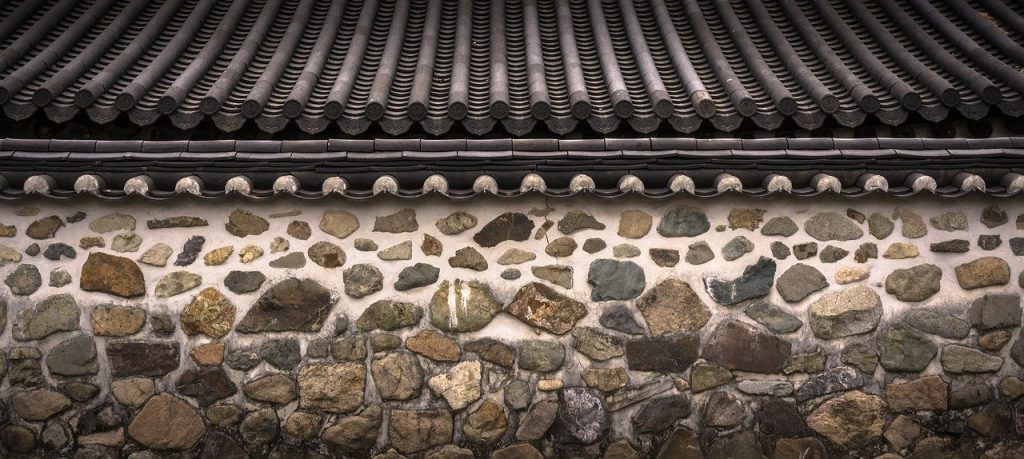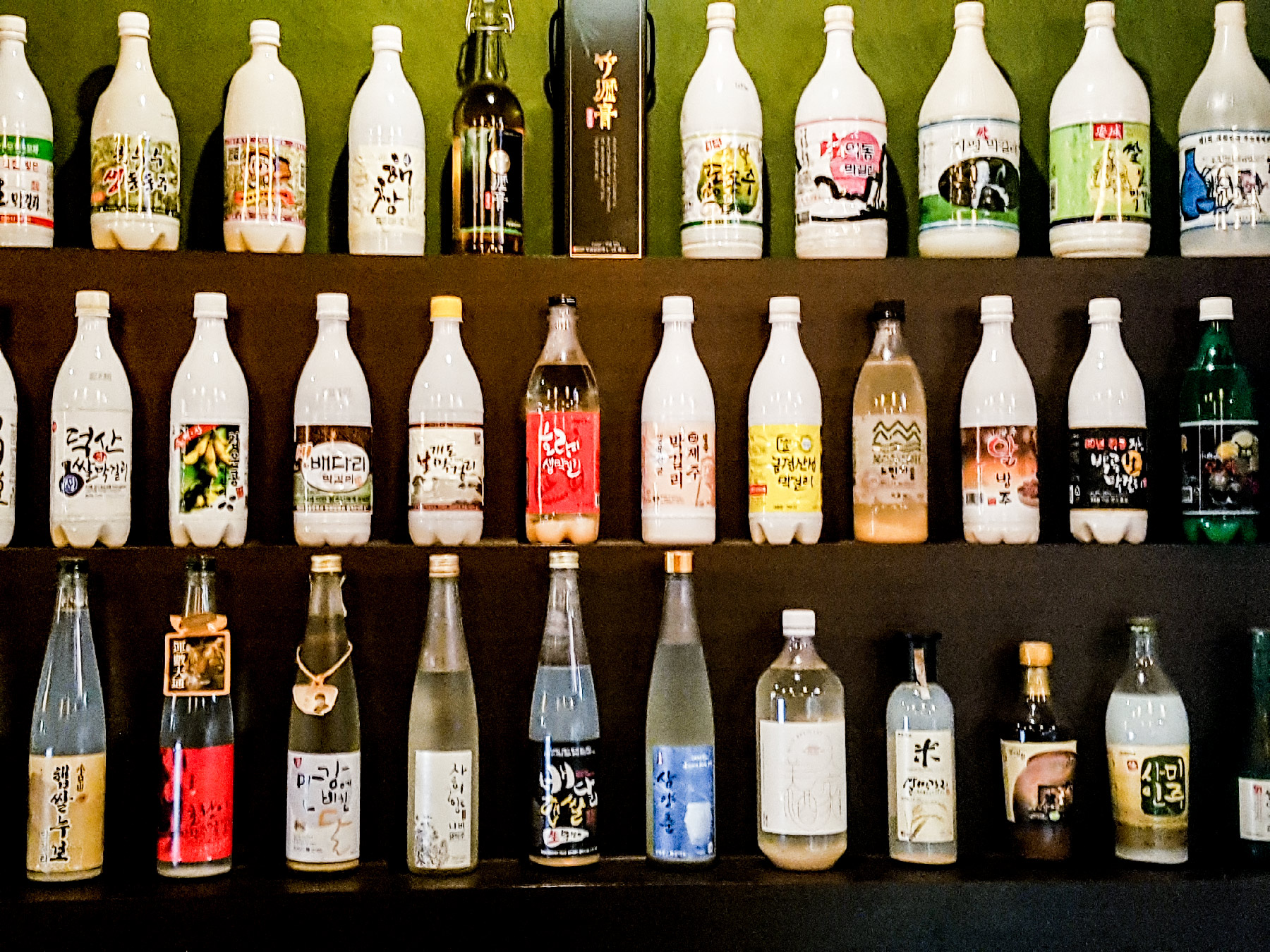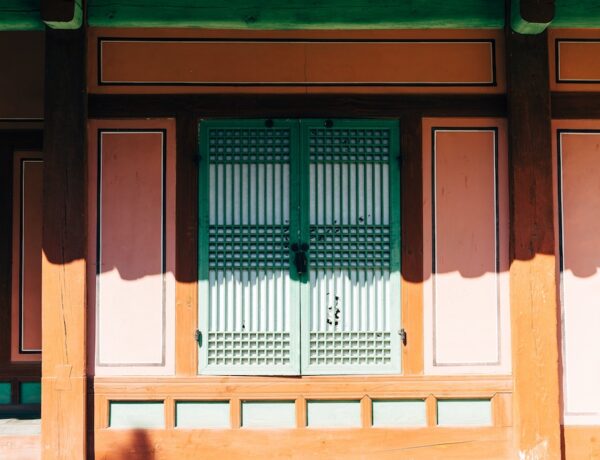Go back in time at Jeonju Hanok village located in Jeonju found in South Korea’s North Jeolla Province! And what is so special about Jeonju? Located in Korea’s west side Jeonju is a unique city among the ultra-modern, ultra-fast and ultra-tech of many other metropolitan hubs on the peninsula. From the spiritual center of Korea’s grand Joseon dynasty period, to the home of many “hanok” style buildings that go back hundreds of years, Jeonju is a historic site that is alive and well.
The history
Once the capital of the Later Baekjae kingdom during Korea’s medieval period, Jeonju was seen as a type of spiritual heartland during the later Joseon dynasty (1392-1898). This is because Joseon’s ruling clan, the Yi clan, originally came from Jeonju. Korea’s illustrious Joseon era is immortalized in Jeonju today through the architecture, tea houses and of course, the wearing of Korean hanbok! Today Jeonju is one of the top three tourist destinations in all of Korea and is even a designated Slow City in recognition for the slower, more traditional pace of life the city’s people enjoy.

Hanok and other fantastic buildings
To begin, hanok refers to “Korean houses” generally of the Joseon style. These houses are distinct due to their striking, slanted roofs and frames built from wood. In Jeonju one can enjoy the interior of a hanok in some of the many restaurants or traditional style teahouses in the village. At hanok restaurants, traditional food can be enjoyed, such as bibimbap, which is prepared in a unique way in the Jeonju area compared to other parts of Korea.

Some other buildings include…
- Pungnam Gate: Once the provincial governor’s capital building during the Joseon dynasty and was also one of four additional gates, all of which have been destroyed. Luckily, Pungnam has remained and has been restored to its original glory.
- Jeondong Cathedral: Some visitors to Korea are surprised by the high number of Christians who live in the country. Christianity has a long history in Korea, going back to the Joseon era, too (with possibly some Nestorian Christians coming along with the Mongols during their invasions of Korea). The Jeondong Cathedral was built in 1914, and bears a unique and colorful exterior much different than many contemporary churches in Korea, being a mix of Byzantine and Romanesque design similar to a cathedral one may find in Central or Eastern Europe. The church was built on the site where the first Catholic martyr in Korea, Yun Ji Chung died, and he is commemorated at the Cathedral today.
- Omokdae: Once the site of a grandiose banquet hosted by the founder of the Joseon dynasty, Lee Seonggae, Omokdae is a great place to take in the view of the village and some of the natural scenery of the area.
- Hyanggyo: During the Joseon era, Confucianism and later, Neo-Confucianism, became the state religious-philosophies and modes of state craft. And the Hyanggyo found in Jeonju is a great example of the Confucian temples and state operated schools that once were found in Korea during Joseon.
- Gyeonggijeon: Come and pay your respects to the founder of the Joseon dynasty at the Gyeonggijeon hall. A portrait of the noble ruler is enshrined here and open to guests coming in to pay homage to the ruler’s legacy, right in his home town!

Hanbok and Hanok
And besides the great attractions, Jeonju is also famous for its hanbok rentals! You can travel back to another time here at Jeonju and enjoy tons of food, drinks, games, souvenirs and handicraft stalls, too! The best times of year to visit Jeonju and rent some lovely hanbok are in Autumn, when the Korean mountains and their multitudinous trees unveil a Monet-esque pastiche of vibrant colors. Another perfect time to visit is in the Spring, when the cherry blossoms, apricots, crabapples and other flowering plants are in full display.
Living History
While South Korea prides itself on its modernity, fast-paced and hi-tech society that does not mean history and tradition are forgotten! On the contrary, places like Jeonju are rather more testimony to the fact that for Koreans and foreign visitors alike, the past and the present are both alive and worthy of our attention. So while you visit Jeonju village, wearing period clothing from the 1500’s and viewing buildings that have been standing for over 500 years, don’t forget to take a photo or two on your latest Samsung model smart phone! Or to upload your pictures of the ancient heritage on your favorite modern social media site using the readily available modern Wi-Fi prevalent all over Korea! In these small ways, the past, present and future are in harmony. Have fun when you visit Jeonju, and make sure to try the grilled squid on a stick! It’s delectable.
Sources
- “Jeonju Hanok Village.” Wikipedia, Wikimedia Foundation, 15 Oct. 2019, en.wikipedia.org/wiki/Jeonju_Hanok_Village.
- “Weather 01-04-2020.” Jeonju Hanok Village [Slow City] (전주한옥마을 [슬로시티]) | Official Korea Tourism Organization, english.visitkorea.or.kr/enu/ATR/SI_EN_3_1_1_1.jsp?cid=264285.



No Comments